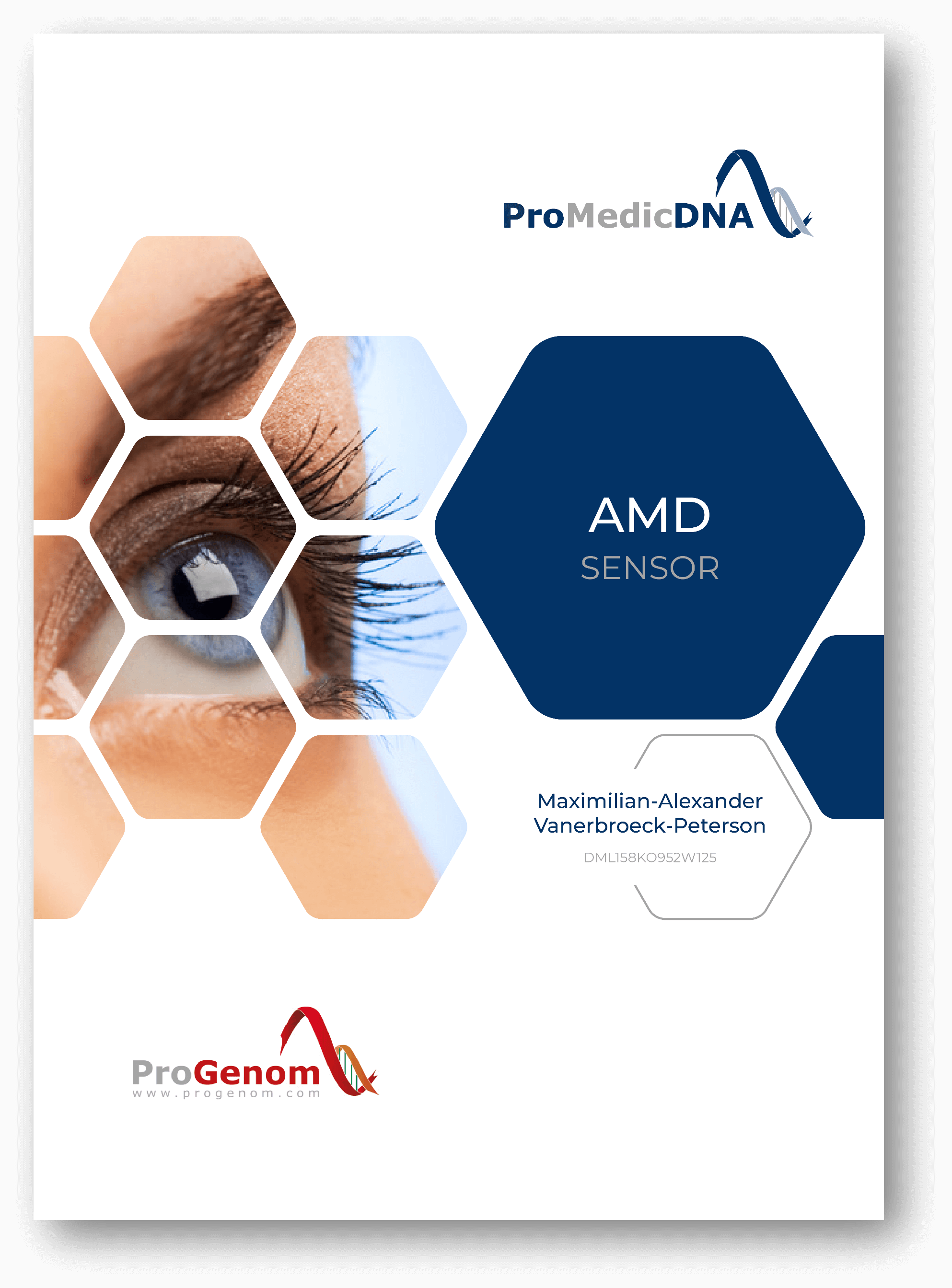Weakened Bones Due to Osteoporosis
Osteoporosis is a metabolic bone disease and is considered one of the major widespread diseases, primarily affecting older individuals, especially older women. In osteoporosis, increasing amounts of bone tissue are broken down (bone loss), causing the bones to become progressively more unstable and more prone to fractures.
Initially, there are usually no symptoms, but as the disease progresses, patients experience persistent pain such as back pain, an increasingly curved spine (“widow’s hump”), and a decrease in height. Eventually, bone density decreases to such an extent that even lifting a slightly heavier shopping bag can cause a fracture.
Our bones consist of tissue (matrix) that provides shape and stability, as well as various minerals embedded in the matrix, such as calcium and phosphate, which densify and strengthen the bone structure. Normally, more bone mass is built up than broken down until the age of 35, after which bone resorption gradually predominates. This accelerates with age, resulting in healthy individuals losing about 0.5 to 1% of their bone mass per year.
Genetic Predisposition for Osteoporosis
The risk of developing osteoporosis is significantly higher in women compared to men, as around 80% of all cases are women affected by estrogen deficiency after menopause. Bone metabolism can also be disrupted by calcium deficiency, lack of exercise, hormone-related diseases, and smoking, with affected individuals potentially losing up to 6% of their bone mass per year.
Moreover, various genes have been identified that can influence bone density and are therefore relevant to the development of osteoporosis. To date, osteoporosis is not fully curable; its progression can only be delayed with treatment. Medication can strengthen bones and prevent fractures. Thus, early diagnosis and treatment are crucial.
However, the disease is often diagnosed quite late. A gene analysis is therefore especially helpful in detecting and treating bone loss early.
How Does Our Bone Health Sensor Work?
With our Bone Health Sensor, our laboratory examines the four genetic variations that can promote the development of osteoporosis and additionally assesses the influence of the genetic profile on the effectiveness of 26 common medications.
This genetic test allows us to determine the likelihood of developing osteoporosis and whether preventive measures are necessary.
We evaluate the analysis results in a written report, which also includes a tailored program for the prevention of bone loss. This program takes into account the body’s ability to absorb calcium from food and suggests appropriate measures.
In this context, our Bone Health Sensor can contribute significantly to the early detection of bone loss and help individuals take timely preventive actions through a tailored diet to counteract osteoporosis.
Bone Health Sensor Overview
- Analysis of the 4 gene variants associated with bone health
- Personal risk assessment for osteoporosis
- Effectiveness testing of 26 relevant medications
- Reliable & ISO-certified analysis by our laboratory
- Clear evaluation of test results
- Individual recommendations for healthy bones



























